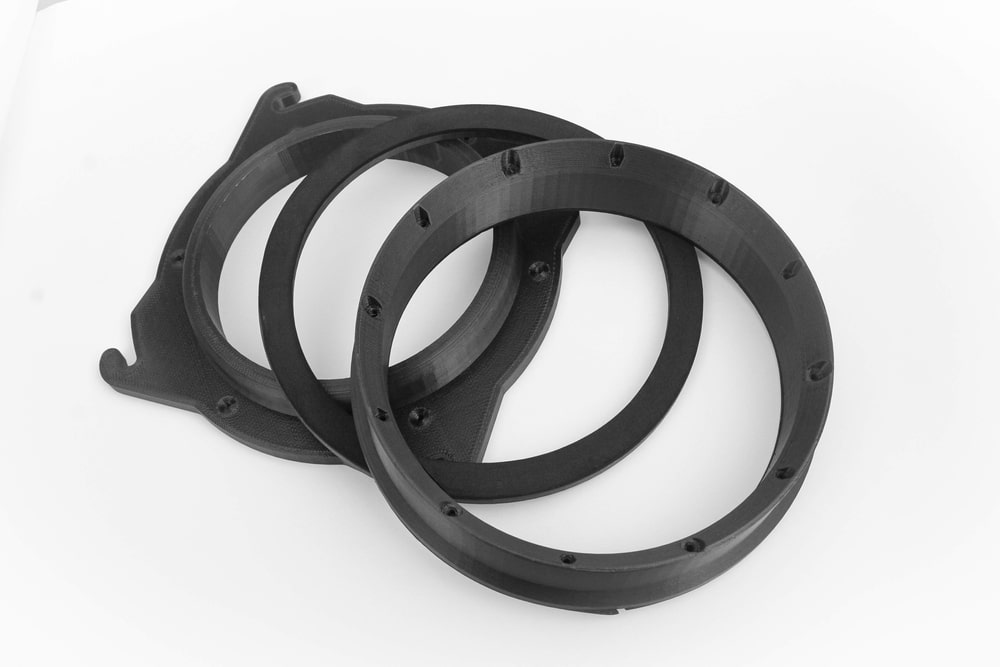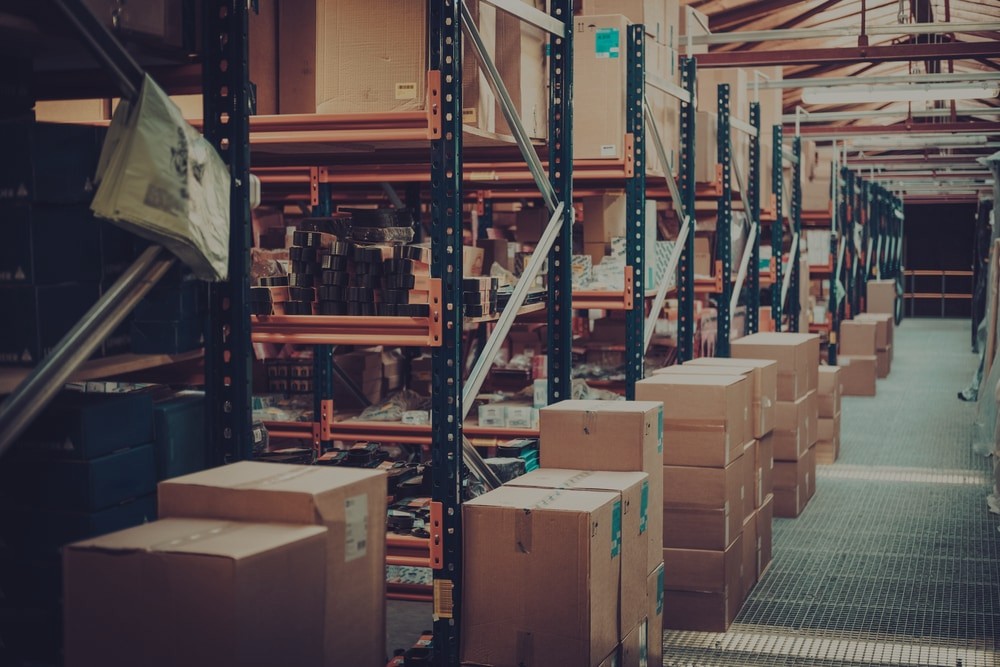3D printing used to be used primarily to manufacture prototypes; however, the field has expanded now that printer costs have dropped, cutting-edge materials are more widely available, and printing techniques have become more advanced. Manufacturers can now print durable end-use parts with more complex geometries on a larger scale, which has led them to explore 3D printing’s potential in a variety of industries.

3D printing can cut production costs and shrink lead times, so it’s not surprising that 85% of spare parts suppliers expect to adopt 3D printing as part of their manufacturing strategy in the near future. Here’s everything you need to know about additive manufacturing for spare parts.
Challenges in the spare parts industry
Suppliers have been encountering challenges in producing, storing, and shipping spare parts for years. Manufacturing spare parts using traditional manufacturing methods can be expensive and time consuming. Typically companies will mass-produce spare parts in an effort to decrease the cost-per-part and avoid shortages. However, maintaining warehouses full of spare parts is expensive and delivery times can get even longer when components are stored offsite. This forces operations and logistics teams to balance the number of parts on hand with the cost of storing them.
Spare parts suppliers can also have trouble negotiating inventory. Stocking an appropriate amount of inventory is essential, as underestimating can lead to long customer wait times and overestimating can cause an unnecessary increase in storage costs and waste. Unfortunately, anything from a natural disaster to a quality problem can affect spare parts demand, making it difficult for companies to accurately predict how much inventory to stock. For some, stocking infrequently requested spare parts isn’t worth the effort or the cost so they stop producing them, which can pose a problem if and when customers are looking for niche parts.
3D printing in the spare parts industry
Incorporating additive manufacturing in the spare parts supply chain can help companies meet their customers’ demand for spare parts. 3D printing is helping companies quickly and cost-effectively supply customers with spare parts when they need them, from household appliances to broken plane cabin parts. With 3D printing, you can:
- Produce cost-efficient parts in low volumes: While it can easily cost over $100,000 to create a new mold for injection molding spare parts, 3D printing offers much lower costs-per-part, even for complex designs. 3D printing doesn’t require expensive tooling or start-up costs, which means on-demand parts can be produced affordably.
- Reduce inventory requirements: Additive manufacturing spare parts on demand helps reduce inventory and storage costs without sacrificing the ability to meet customer demand for spare parts. Keeping designs for low-demand spare parts in a digital inventory, frees up warehouse space for more commonly requested parts.
- Shorten set up times and lead times: Between the design and tooling processes, it can take months to produce a spare part using traditional manufacturing methods. For example, manufacturing a spare bracket via extrusion and metal bending processes can take more than 12 weeks. In comparison, that same bracket could be manufactured in days with additive manufacturing.
- Make custom parts upon demand and stay flexible: While injection molding requires retooling whenever a part’s design changes, it’s fast and simple to make design changes to a 3D-printed part. You can update your digital file and start printing the updated part with little to no added cost.
You can see the advantages of 3D printing space parts at work in the automotive industry. Instead of investing in expensive tooling and storage space for low-volume runs of rare or vintage parts, manufacturers can store 3D designs and print accurate parts on demand. By 3D printing automotive spare parts companies can increase operational efficiency, optimize inventory, and eliminate tooling costs for parts whose old tooling is in poor condition or no longer exists.
3D printing spare parts with Fast Radius
3D printing enables manufacturers to cost-effectively produce small quantities of spare parts in ways traditional manufacturing methods cannot. Companies can decrease warehousing and manufacturing costs, shorten lead times, reduce risk, and stay agile by 3D printing spare parts.
With the help of an expert manufacturer like Fast Radius, you can quickly create quality 3D-printed spare parts without sacrificing quality or durability. When you partner with us, you’ll gain access to our experienced engineers who can help you with everything from deciding which 3D printing technology to use to design optimization. Contact us today to get started.
Visit our resource center to learn more about the costs of 3D printing, choosing the right 3D printing technology, design best practices, and more.
